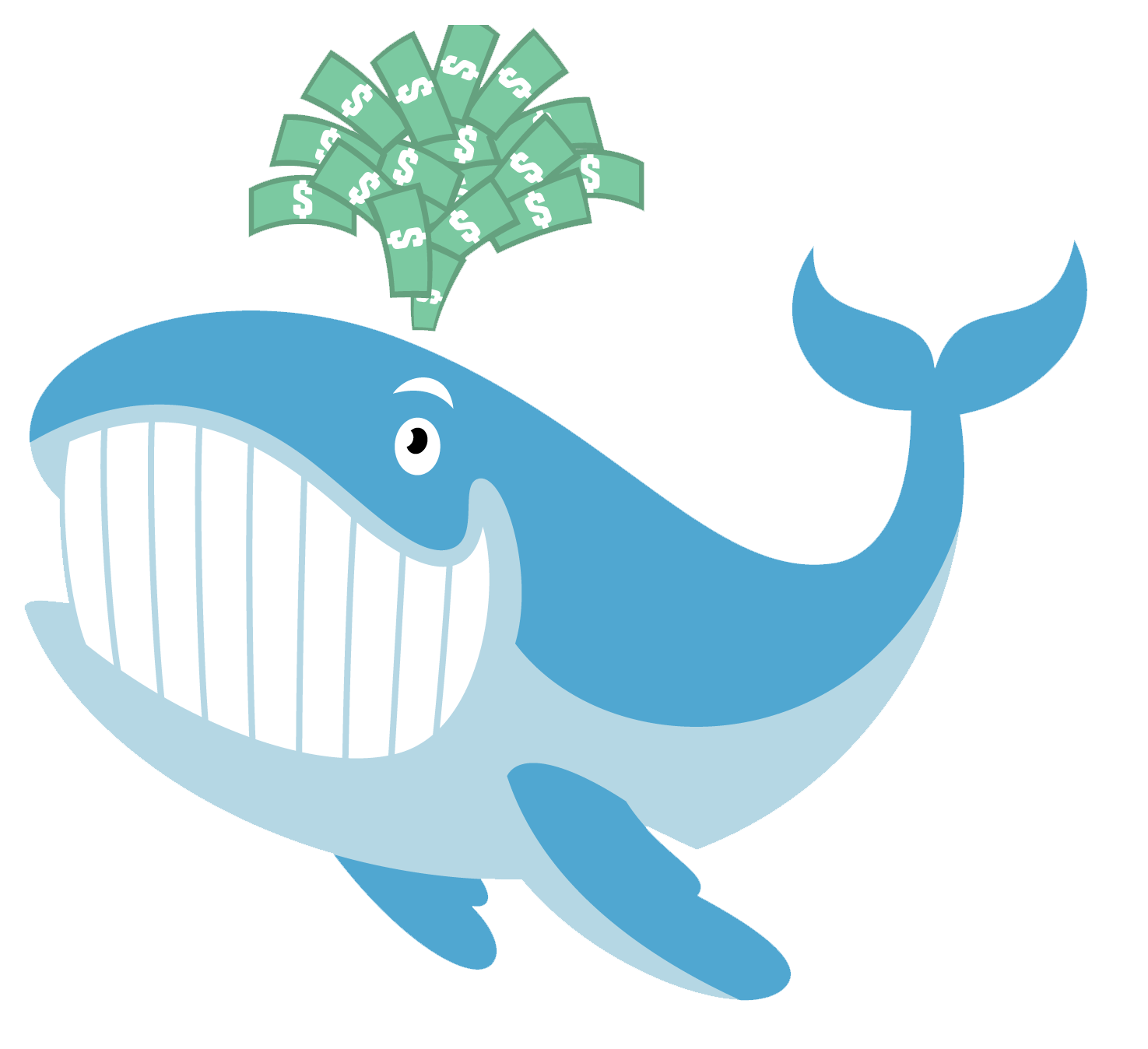Americans' pandemic savings are gone
Americans' pandemic savings are gone.
The pandemic savings cushions that helped Americans manage high prices in recent years have dwindled, leading to a reduction in consumer spending power that is affecting the economy.
Delinquencies are rising, executives are expressing caution about shopper behavior in recent earnings calls, and retail sales barely increased in May after declining the previous month. Economists predict solid inflation-adjusted consumer spending in upcoming data, aided by lower gasoline prices, but this would follow a decline in April.
The resilience of American consumers and their willingness to spend despite rising prices and high borrowing costs have been key to the strength of the US economy in recent years. A healthy labor market has played a significant role, as has the roughly $2 trillion in excess savings Americans accumulated during the COVID-19 pandemic.
According to the Federal Reserve Bank of San Francisco, those excess savings were fully depleted by March, raising concerns about the sustainability of consumer spending.
“That excess cushion that households were able to fall back on in the immediate aftermath of the pandemic is no longer available for the most part,” said Stephen Stanley, chief US economist at Santander US Capital Markets LLC. “And so their fortunes are basically tied to their current income, which is inevitably a function of the labor market.”
Employers added 272,000 jobs in May, surpassing all economists’ forecasts, and layoffs remain low. However, the pace of hiring has slowed, and the unemployment rate has begun to rise.
